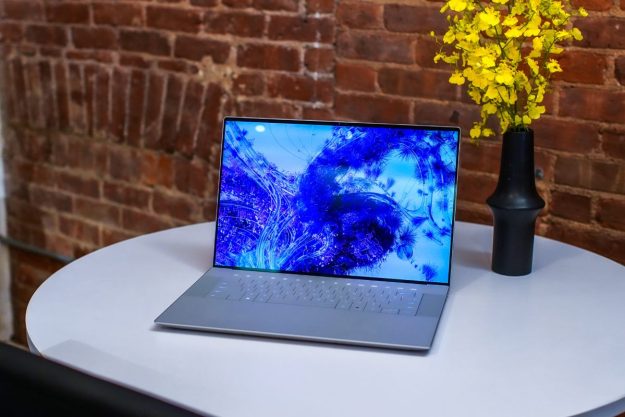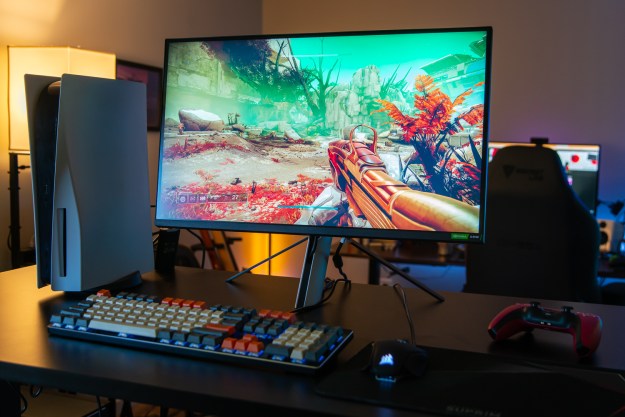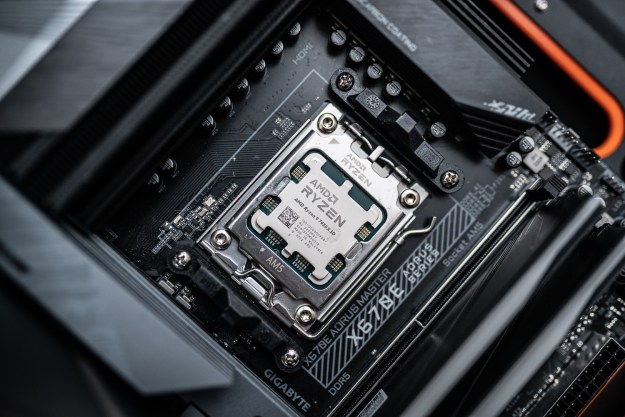
Phooey to that, says Bell Labs, which broke a world broadband speed record by achieving 10 Gbps using traditional telephone wires, which contain copper.
Bell Labs is the research division of Alcatel-Lucent, a networking firm. Bell Labs combined copper telephone wires with a new prototype technology called XG-FAST. Bell Labs aims to use XG-FAST to provide 1Gbps of “symmetrical” service, and could pave the way to provide homes and businesses with solid Internet connections in areas where it doesn’t make sense, from either infrastructure or financial standpoints, to lay down fiber-based cables all the way to their final destinations. This way, Alcatel-Lucent says, you could use fiber to bring the connection “to the curbside, wall or basement of a building,” and then employ copper-based wires to make it the rest of the way home.
“The Bell Labs speed record is an amazing achievement, but crucially in addition they have identified a new benchmark for ‘real-world’ applications for ultra-broadband fixed access,” Federico Guillén, President of Alcatel-Lucent’s Fixed Networks business says. “By making 1 gigabit symmetrical services over copper a real possibility, Bell Labs is offering the telecommunications industry a new way to ensure no customer is left behind when it comes to ultra-broadband access.”
Alcatel says that 1 Gbps symmetrical service can be delivered using 70 meters of copper wire.
According to Alcatel, XG-FAST is based on another technology called G.fast, and it says that the latter should be “commercially available” by 2015.
With that in mind, it will be interesting to see how long it will take for XG-FAST to roll out as well, and whether that can deliver what it promises.


